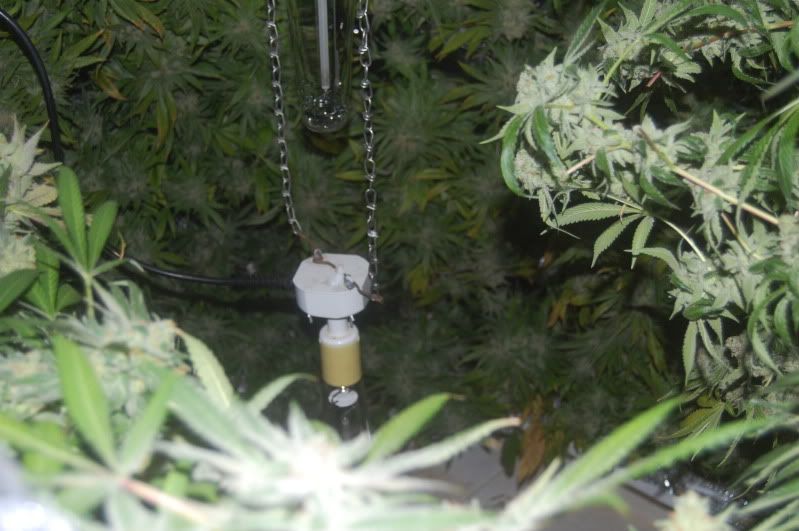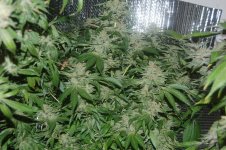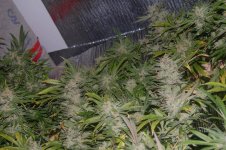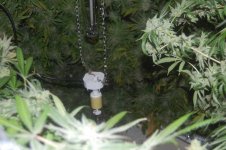crap.... I zoned out and forgot to take pics before lights on.
I blame my wife! She keeps pourin Quervo shots.
Time ta go to the local watering hole and see what kind of trouble we can get into.
The plants are down to 250 ppm, but still need ta yellow off a bit, or freds gonna kill me. LOL
Quervo cost me a car one time. My sister threw up in the back seat. they were covered in cloth and I could never get the smell out. Hard to take a chick out in the middle of winter with the windows down.

 .........
.........












